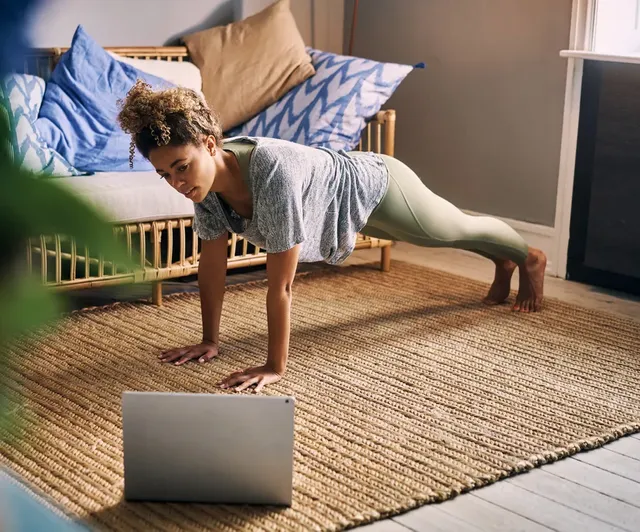
Ever wonder how long you need to hold a plank to get results — without hanging out in the pose for a second longer than you need to? Us too. We’re going to get into the details (spoiler: there are a few factors to consider) but first: Here’s why you should work your core with the staple move in the first place.
Why Core Strength Is Key
According to the American Council on Exercise (ACE), the core muscles include the erector spinae (or your back extensors), internal and external obliques (responsible for rotating your trunk), obliques (these help you bend to the side), transverse abdominis (this is the muscle being used when your bootcamp instructor enthusiastically belts out “draw your belly button into your spine!”), rectus abdominis (commonly referred to as your "six-pack" muscles), and the multifidi (which keeps your spine stable).
And according to Annie Mulgrew, founding instructor for CITYROW in New York City and NASM-certified personal trainer, keeping those core muscles strong is essential to helping your body function properly.
“Core strength provides stability, as well as balance, improves overall strength, and enhances a person’s ability to do everyday tasks,” she explains. “[When your core is strong], you move better, breathe better, and function at a higher level.”
A 2019 PLOS ONE study, which focused on college-age endurance athletes, found that eight weeks of core training helped to improve runners' endurance and balance. Meanwhile, other studies have noted that regular core strengthening was a factor in reducing chronic back pain. Mulgrew adds: “The stronger your core, the less strain on [your] lower back, knees, and shoulders.”